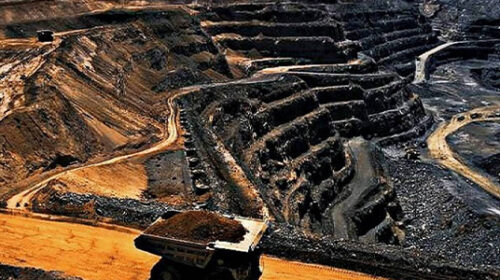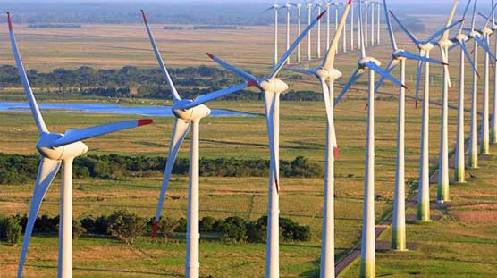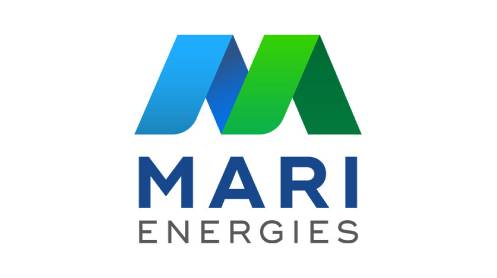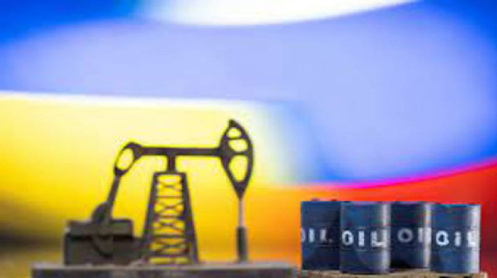Without providing any alternative source of livelihood to the desert dwellers, the coal power companies have been encroaching on their farmlands and pastures, erecting fences around them, and banning the entry of local communities and their livestock. As if pains and sorrows of dispossession and destitution were not enough, the increasing depletion and poisoning of groundwater — an environmental externality of coal power development — has started to impact villages adversely.
Groundwater is the most precious resource in this arid and water scarce region of the country. A majority of the local population depends on dug-wells some 10 to 100 metres deep and the water quality from saline to brackish.
Thar coal is buried under three layers of groundwater — dune sand aquifer, coal seam roof aquifer and coal seam floor aquifer. To extract coal, mining companies have to first drain out the aquifers. For this purpose, they have installed submersible sumps at the bottom of pits. Dewatering of open pits is an essential component of coalmining since it helps keep the mine dry and safe.
Due to the ongoing dewatering of coalmines in TCB-I and TCB-II, water table is fast depleting in the villages neighbouring the mining sites. Water level of dug-wells has lowered from three to four feet in five villages, including Jaman Samoo, Bitra, Aban Jo Tar, Khemay Ji Dhani and Thario Halepoto.
Water drained out from the coalmines is acidic, contains heavy metals like arsenic, copper and lead, and leave a harmful impact on local water resources. They pose a serious threat to public health and ecosystems. For the disposal of wastewater discharged from mines, the coalmining companies have built two reservoirs at Gorrano and Dukar Chaou.
Gorrano is a natural depression about 27 kilometres south of the mining site in TCB-II. Spanned over 1,500 acres, with capacity to hold 30 million cubic metres of water, Gorrano is the first reservoir to be built. Around 10 kilometre south of Gorrano, is another natural depression near Dukar Chou, where an additional reservoir was built last year. In recent months, the companies have started to dump wastewater in Dukar Chou reservoir.
Since these reservoirs have not been lined with a geo-membrane or a soil sealant, percolation of saline water has already started to pollute the area, particularly 12 villages around the Gorrano reservoir. Due to the seepage of effluent water from Gorrano reservoir, water level of wells in Gorrano, Burd, Gawaran, Shivay Jo Tar, Gopay Ji Dhani, Bhopay Ji Dhani, Khokhar Jo Tar, Mutu Jo Tar, Nibbay Ji Dhani, Suleman Hajjam, Kattan, Chothay Ji Dhani and Esan Shah Jo Tar villages has started to rise and contaminate the wells. This has caused a serious water crisis, particularly in Gorrano and Suleman Hajjam villages.
The local communities complain about the drying up of local trees, which serve as the only fodder for their livestock in winters. The residents of seven villages — including Dukar Chou, Meehari, Ganjri, Harimar and Gawaran — held a number of protest demonstrations against Dukar Chou reservoir in front of Islamkot Press Club last month. They raised concerns of toxicity that is threatening farmland, pastures, plant-life and livestock – mainly because of the Dukar Chou reservoir.
Apart from dumping wastewater into the two reservoirs, Sindh Engro Coal Mining Company has been reinjecting surplus wastewater into the aquifer. The company has laid a pipeline from the mining site in TCB-II to Meghay Jo Tar village, where a water reinjection plant has been installed. The surplus mine water is being re-injected into the aquifer through this plant.
It is common practice to re-inject ‘treated’ water into underground aquifer the world over, but only after a rigorous environmental analysis, stringent regulatory framework and monitoring mechanism. Reinjection may cause serious environmental consequences, like seismic activity arising out of aquifer reinjection; increase or decrease in groundwater pressure; changing the flow paths between the aquifers; mixing of different groundwater chemistries; and groundwater contamination.
In case of the Thar coal, however, it is largely believed in the area that the company is violating environmental standards and safeguards while reinjection surplus mine water at Meghay Jo Tar.
The water woes of Tharis caused by coalmining and thermal power generation are not limited to the designated wastewater disposal sites, i.e. reservoirs in Gorrano and Dukar Chau and mine water reinjection plant at Meghay Jo Tar. The companies have also been dangerously dumping wastewater around Tilwaiyo, Warwai (TCB-I), Jaman Samoon and Bitra (TCB-II). For last several months, hundreds of camels, cows, sheep and goats have died after drinking wastewater released in these villages.
In October 2021, the Sino Sindh Resource Limited (SSRL) began dumping wastewater in the grazing land of two neighbouring villages of TCB-I, namely Tilwaiyo and Warwai. As a result, a dug-well of sweet water has become toxic in Tilwaiyo village.
Around 250 families and 500 animal heads were dependent on the well. It took the local community four to five months to dig the well at the cost of Rs700,000. The well has been rendered unusable for the past three months.
The contaminated water released by coalmines and power plants becomes breeding grounds for mosquitos. Malaria has now become endemic in the area.
The gravity of water woes induced by the Thar coal power projects must be addressed on priority basis. An inclusive oversight of the coal industry’s environmental management must be established at the earliest.





